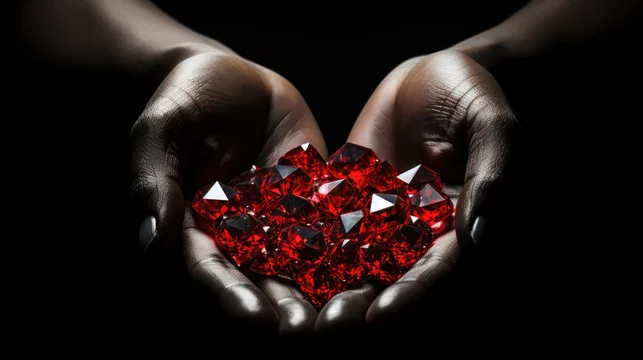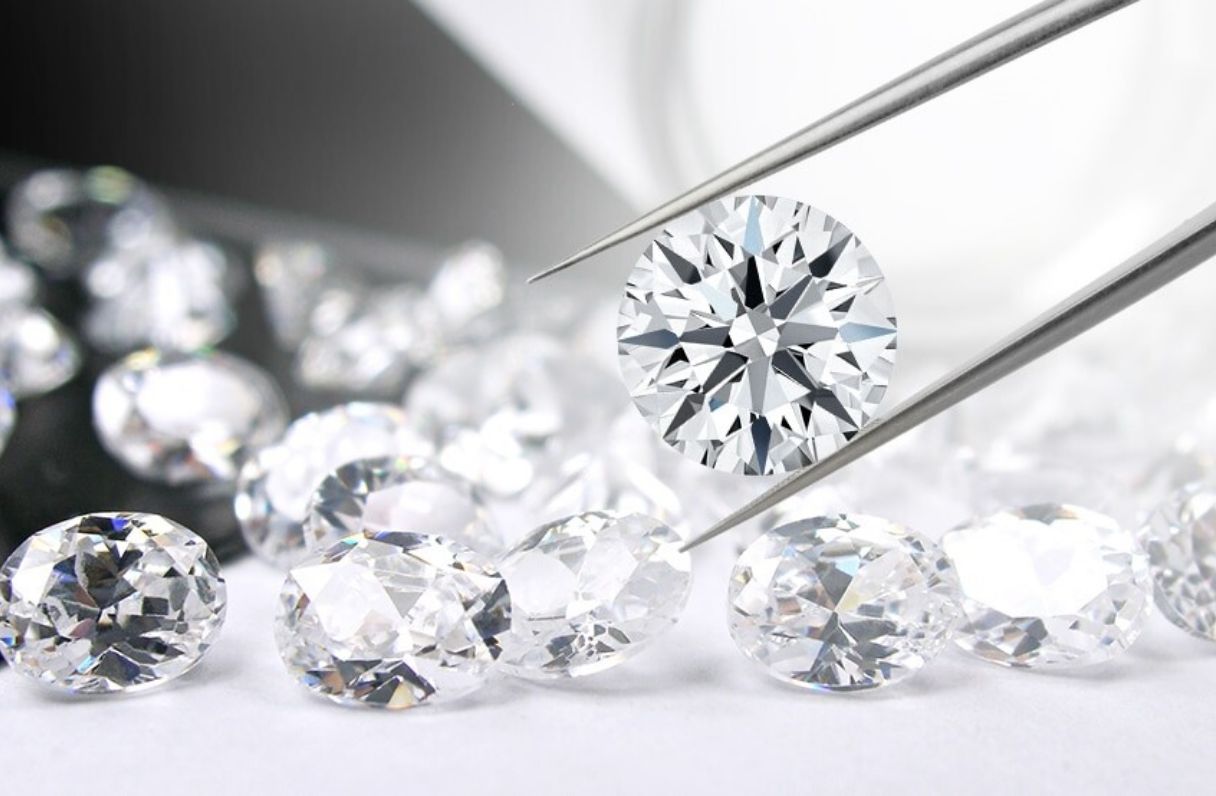The allure of recycled gold in gems is in many cases portrayed as a sustainable and ethical alternative to traditional gold mining. However, a nearer examination reveals that the idea may be more nuanced than initially recommended. In parallel, the rise of man-made diamonds offers a new point of view on sustainability and ethical practices in the gemstone industry. This article digs into the realities behind recycled gold in jewellery is a lie, explores the genuine impact of man-made diamonds, and clarifies misconceptions surrounding these topics.
The Legend of Recycled Gold in Gems
The Appeal of Recycled Gold
Recycled gold is marketed as an answer for the environmental and ethical issues associated with conventional gold mining. By reusing gold from old adornments, hardware, and other sources, the narrative proposes that the environmental footprint and ethical worries can be significantly diminished. This appeal resonates with buyers who are increasingly aware of the impact their purchases have on the planet and its kin.
The Reality of Recycled Gold
Regardless of its green credentials, the recycled gold market has several limitations. One significant issue is that the process of recycling gold is not as eco-accommodating as it could appear. The purification and remelting of gold require substantial energy and assets, which can counterbalance a portion of the environmental advantages. Furthermore, the claim that recycled gold is totally liberated from ethical issues is not completely accurate. The inventory network for recycled gold can in any case involve complex sourcing practices and may not always guarantee the same degree of traceability as certain shoppers would anticipate.
Misconceptions and Challenges
A major misconception is that all recycled gold is equally ethical and sustainable. In reality, the excursion of recycled gold can be intricate, involving various intermediaries and varying levels of transparency. Additionally, while recycled gold lessens the requirement for new mining, it doesn’t completely eliminate the environmental and social impacts associated with the gold industry.
Man-Made Diamonds: A Sustainable Alternative
Understanding Man-Made Diamonds
Man-made diamonds, also known as synthetic or lab-grown diamonds, are created in controlled conditions that replicate the circumstances under which natural diamonds form. These diamonds are chemically and physically identical to natural diamonds, offering the same brilliance and durability. However, their creation process is intended to be more environmentally agreeable and ethically sound.
The Environmental Advantages of Man-Made Diamonds
One of the critical advantages of man-made diamonds is their significantly lower environmental impact compared to traditional diamond mining. Mining operations can lead to deforestation, habitat annihilation, and contamination. In contrast, the development of man-made diamonds utilizes less land and water and generates less ozone harming substances. Thus, they present a more sustainable choice for those worried about the environmental impact of their purchases.
Ethical Considerations
Man-made diamonds also address many ethical issues associated with natural diamond mining. The diamond industry has faced criticism for “blood diamonds” or struggle diamonds — stones mined in war zones and offered to finance armed struggle. By choosing man-made diamonds, shoppers can avoid supporting these problematic practices. Furthermore, the transparency in the store network of man-made diamonds allows for greater assurance of ethical sourcing and creation.
The Intersection of Recycled Gold and Man-Made Diamonds
Combining Sustainability and Morals
While recycled gold and man-made diamonds each proposition one of a kind advantages, their combination can create a more thorough approach to ethical gems. By using recycled gold in the setting of man-made diamonds, gem dealers can enhance the sustainability and ethical aspects of their items. This integration addresses a significant stage towards more mindful and transparent practices in the gems industry.
Challenges and Future Viewpoint
In spite of their advantages, both recycled gold and man-made diamonds face challenges in widespread adoption. For recycled gold, the requirement for further developed recycling processes and greater transparency is crucial. For man-made diamonds, customer education and acceptance are ongoing challenges. As the market continues to develop, advancements in innovation and increased awareness will probably drive further advancement in these areas.
Conclusion
The idea of recycled gold as a panacea for the environmental and ethical issues of the gems industry is a fantasy that requires critical examination. While recycled gold offers a few advantages, it’s anything but a total arrangement. Then again, man made diamonds furnish a compelling alternative with substantial environmental and ethical advantages. By understanding these nuances and making informed decisions, customers can add to a more sustainable and ethical gems market.



